Introduction:
Whole wheat flour or a mixture of whole wheat and white flour is used to make brown bread, often known as whole wheat bread. Due to its better nutrition facts of Brown Bread and darker hue than white bread, it is distinguished as a healthier alternative.
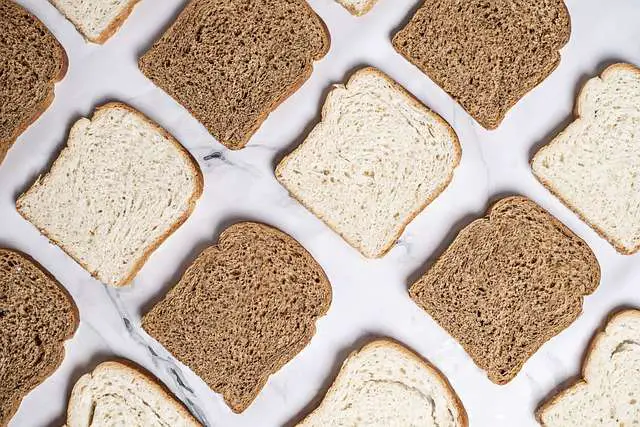
Whole wheat flour, which keeps the bran and germ layers of the wheat grain, is used to make brown bread. Because of the nutrition facts of Brown Bread’s high fiber, vitamin, mineral, and antioxidant content, brown bread is healthier than white bread.
Whole wheat flour contains layers of bran and germ that give brown bread its distinctive color and different nutrition facts of brown bread. One of the optical signals that separates it from white bread is its dark hue.
Nutrition Facts of Brown Bread:
The breakdown of nutrition facts of Brown Bread value is as follows
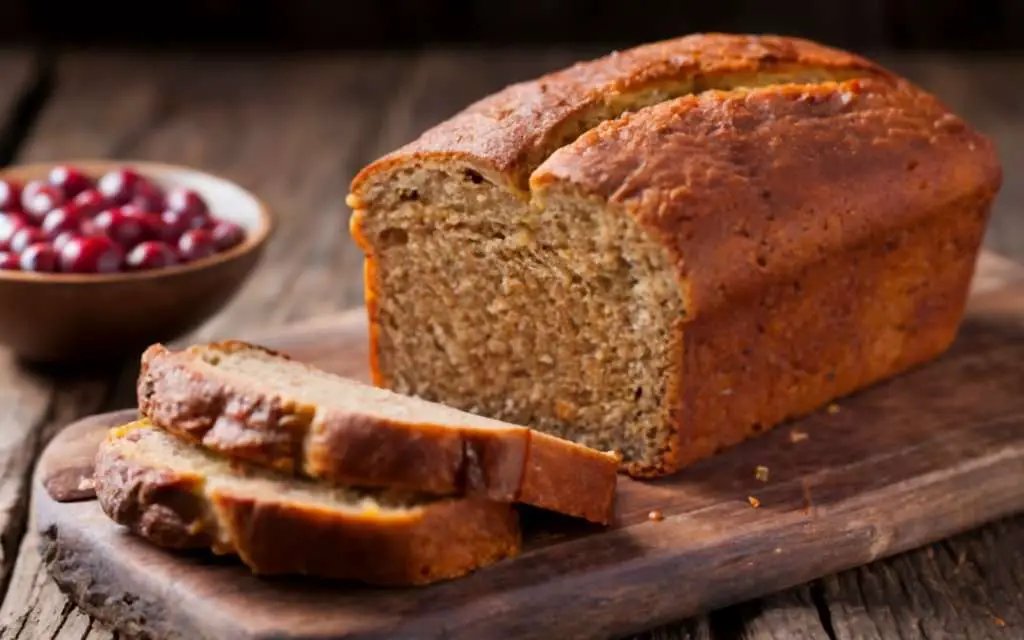
Calories
A piece of commercially produced brown bread has roughly 30 grams, or 70 to 80 calories, in it on average. Remember that the calorie count of various brands and varieties of brown bread can vary slightly.
Depending on the ingredients used and the methods used in production, some artisanal or homemade variations may have a range of calorie counts.
Serving Size
One slice of brown bread, which weighs about 30 grams, serves as the standard serving size. However, different brands and varieties of bread may have different serving sizes.
Dietary Fiber
Brown bread is a great source of dietary fiber, which is primarily found in the bran layer of whole wheat flour. Fiber is crucial for digestive health because it encourages regular bowel movements and prevents constipation.
It also helps with appetite control and weight management.
Carbohydrates
Brown bread is a food high in carbohydrates that gives the body an immediate source of energy. Fueling numerous biological processes, such as mental and physical activity, requires carbohydrates.
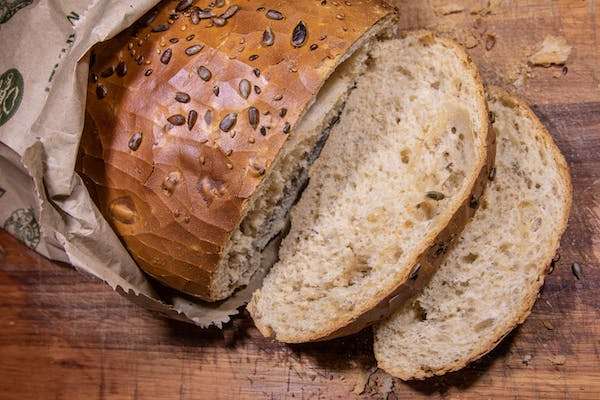
Protein
Brown bread has a good quantity of protein, although not as high in protein as foods like meat or legumes. Protein is necessary for immune system health as well as tissue growth and repair.
Vitamins
B vitamins including thiamine (B1), riboflavin (B2), niacin (B3), pyridoxine (B6), and folate (B9) are among the vitamins found in brown bread.
These vitamins are crucial for metabolism, generating energy, and maintaining general health.
Minerals
Iron is necessary for carrying oxygen in the blood, while magnesium and phosphorus are important for bone health and energy metabolism.
Brown bread is a good source of these minerals. The immune system and wound healing are both influenced by zinc.
Antioxidants
Whole grains, like the ones used to make brown bread, are rich in anti-oxidants including selenium and tocopherols (a kind of vitamin E).
Antioxidants can lower the chance of developing chronic diseases and assist in defending cells against injury from dangerous chemicals known as free radicals.
Phytonutrients
Lignans and phenolic compounds, which are found in brown bread, are phytonutrients that may have health benefits such as lowering the risk of heart disease and some malignancies.
Folate (folic acid)
Folate, also known as folic acid, is a vitamin B9 that is particularly crucial for pregnant women as it helps to prevent neural tube problems in growing fetuses. Brown bread is a good source of this vitamin.
Niacin (Vitamin B3)
Niacin plays a role in metabolism and can support digestion, neurological function, and good skin.
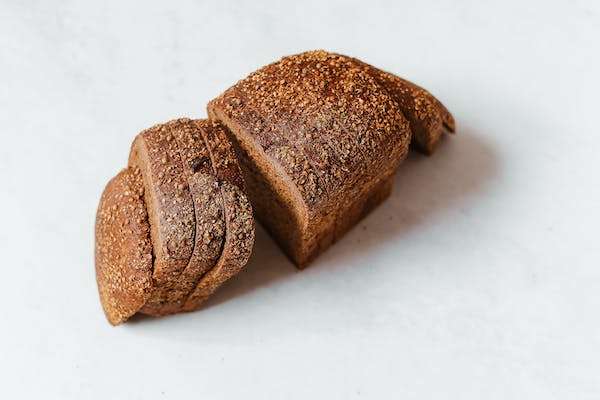
Potassium
Brown bread includes trace amounts of this mineral, which is necessary for healthy neuron and muscle function as well as blood pressure regulation.
Health Benefits of Brown Bread:
As a result of the nutrition facts of Brown Bread and the presence of certain nutrients, Brown bread has several health advantages. The following are five noteworthy health advantages of eating brown bread
Rich in dietary fiber
Whole wheat flour’s bran layer, which is mostly present in brown bread, is an excellent source of dietary fiber. By encouraging regular bowel movements and minimizing constipation, fiber assists digestion.
Brown bread’s high fiber content may also help balance blood sugar levels and lower the risk of type 2 diabetes.
Heart Health
Nutrition facts of brown bread, when consumed as part of a balanced diet, may improve heart health. Brown bread’s fiber content lowers LDL (bad) cholesterol levels, lowering the risk of heart disease.
Brown bread also contains whole grains, which have antioxidants and phytonutrients that may offer further cardiovascular protection.
Weight Management
Brown bread’s high fiber content, which encourages a sensation of fullness and lowers daily calorie consumption, may be helpful for weight management.
By reducing the likelihood of overeating and assisting with appetite control, the nutrition facts of brown bread can help you manage your weight.
Better Blood Sugar Control
Brown bread’s fiber and complex carbs impede digestion, which results in a gradual rise in blood sugar levels after eating.
As it helps to normalize blood sugar levels, it can be especially helpful for those with diabetes or those who are at risk for the disease.
Nutrient Density
Brown bread has a higher nutrient density, due to the nutrition facts of brown bread than white bread because it retains the bran and germ layers of the wheat grain, which are essential sources of vitamins and minerals.
It offers nutrients like B vitamins (such as folate and niacin) and minerals like magnesium, iron, and zinc that are important for a balanced diet.
How to incorporate Brown Bread into Diet:
Brown bread can be a tasty and healthy addition to your diet. Here are a few ideas for using brown bread in meals and snacks due to nutrition facts of Brown Bread:
1. Sandwiches: Create sandwiches with a variety of ingredients using brown bread. Try turkey or chicken breast as a lean protein source, as well as lots of fresh veggies and nutritious spreads like hummus or avocado.
2. Toast: For a quick and filling breakfast or snack, toast some brown bread and top with toppings like peanut butter, almond butter, mashed avocado, or cinnamon and honey.
3. Open-Faced Sandwiches: Top toasted brown bread with fillings like smoked salmon and cream cheese, poached eggs and spinach, or mashed beans and salsa to create open-faced sandwiches.
4. French toast: Use brown bread slices soaked in egg whites, cinnamon, and a tiny bit of vanilla extract to make a healthy version of French breakfast. Serve hot with honey drizzle and fresh berries after baking until golden brown.
5. Bread Crumbs: Grind brown bread into breadcrumbs and use them to cover baked or fried foods like fish fillets, eggplant parmesan, and chicken tenders.
FAQs:
1. Does brown bread have a health benefit over white bread?
Yes, because it contains more fiber and nutrients than white bread, brown bread is often seen as healthier.
2. Is gluten present in brown bread?
Yes, most brown bread contains gluten from wheat flour, making it unsuitable for anyone with celiac disease or gluten intolerance.
3. How should brown bread be stored to maintain its freshness?
To extend the shelf life of brown bread, store it in a cold, dry area or freeze it. Mold and moisture can be avoided by using an airtight bag or container.
4. Can brown bread be used as part of a diet to lose weight?
When incorporated into a balanced diet, brown bread’s high fiber content can help reduce hunger.
5. Is it possible to produce brown bread at home?
Using whole wheat flour or a combination of whole wheat and white flour in your bread recipe will enable you to bake brown bread at home.
Conclusion:
Last but not least, nutrition facts of brown bread, usually referred to as whole wheat bread, is a wholesome and functional food option with numerous health advantages.
Because it has more fiber and minerals than white bread, it is a great supplement to a diet that includes a variety of foods. You can benefit from brown bread’s favorable effects on digestion, heart health, weight management, and general health by including it in your meals and snacks.
To optimize the nutritional benefits of whole grain kinds and support a healthy lifestyle, it’s crucial to choose them and monitor portion amounts. Click to learn more.
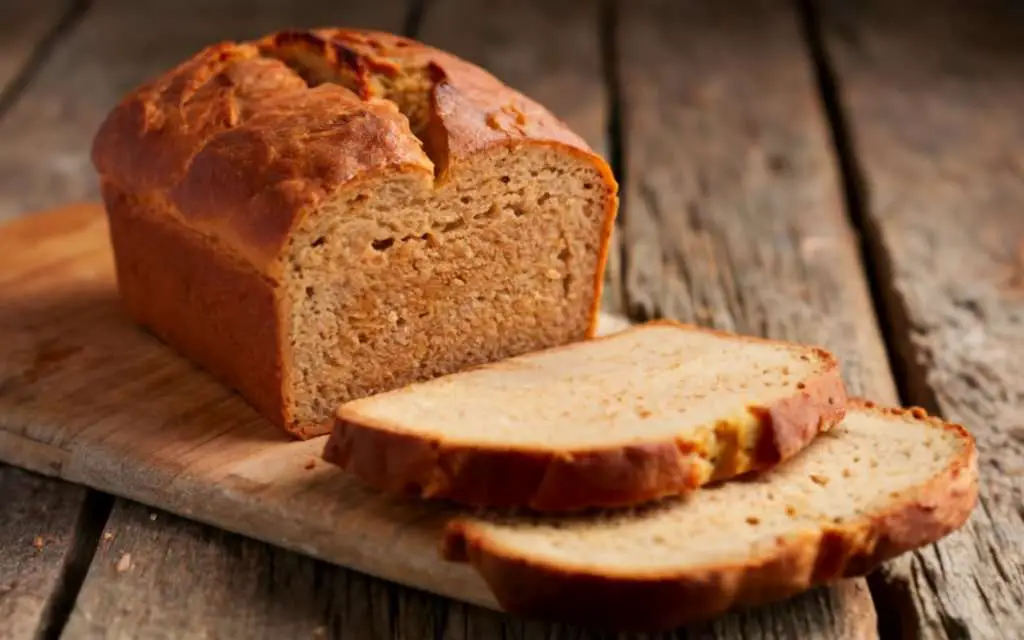
1 thought on “Nutrition Facts of Brown Bread: A Guide to Health Benefits”